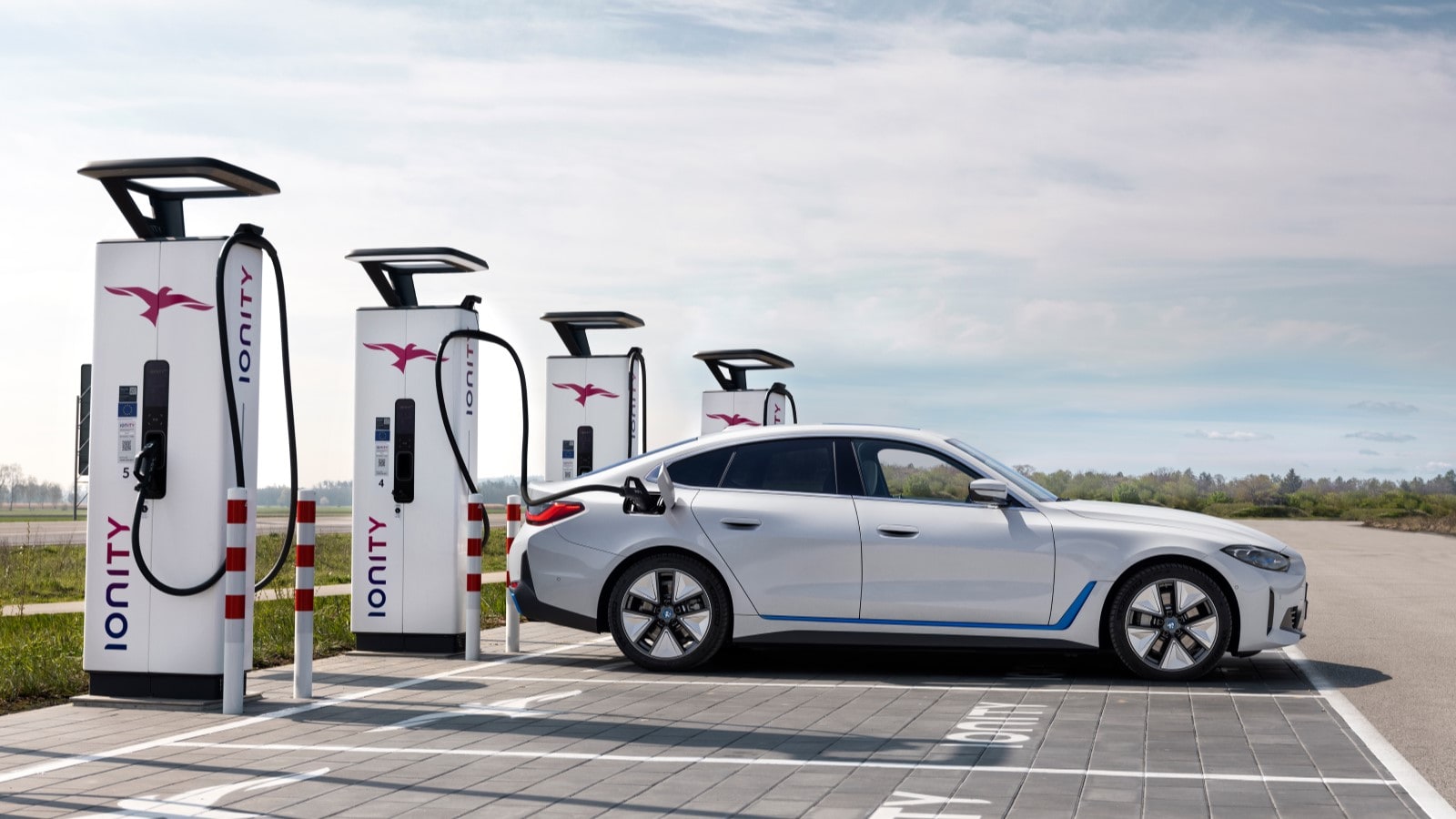BMW will build Tesla’s charging port into its electric cars and give its owners access to Tesla’s extensive supercharger charging network starting in 2025.
The company becomes the latest in a line of automakers to adopt Tesla’s charging system in North America.
A Problem of Shapes
Every gas-powered car can refill at every gas station, but not every electric vehicle (EV) can recharge at every public charger.
The analogy isn’t perfect because EV owners do most of their charging at home. But it’s a problem. EVs sold in America this year use three different charging ports. Most public chargers come equipped with cords for one, or at best two, of the three.
Tesla has its own charging port, which many owners find easier to use than the others. It’s small enough for most users to plug in with one hand. The company operates its own network of chargers — the largest network in America and, by many measures, the most reliable. Tesla calls its system the North American Charging Standard (NACS).
Most other EVs use the Combined Charging System (CCS). It has larger plugs, which, for many users, require two hands to manipulate. Several companies operate CCS-based charging networks. The patchwork nature of that system means EV owners often must download multiple apps and join several networks to charge in public.
Studies show that CCS-based charging systems can be unreliable, meaning owners can’t always count on finding a working charger.
A third system, known as CHAdeMO, is common in Asia but found only on the Nissan Leaf in America.
But the Problem is Fading
Earlier this year, America’s 3-port problem started to fade. First, Ford negotiated the right to use the Tesla charging plug for its EVs. GM quickly followed.
Most other automakers have now joined. SAE, formerly the Society of Automotive Engineers, agreed to administer the Tesla port as a standard for the industry.
A few holdouts — notably global giants Toyota and Volkswagen — haven’t yet signed on.
Standardizing Will Take Time
BMW says the move will be final in 2025 when they begin building the Tesla port into their EVs directly. Before then, most EV makers plan to offer their owners adapters allowing them to use Tesla chargers.
BMW’s announcement does not mention adapters, but owners will likely be able to buy them elsewhere.
The widespread move to the NACS charger won’t shut down rival networks. Instead, they will likely add NACS charging cords to their charging stations. Electrify America, the operator of America’s second-largest charging network, has already started doing so.
The new consensus could also change government policy.
A law passed last summer made billions of federal dollars available to build new chargers. However, Federal Highway Administration rules implementing the law required the CCS connector on chargers built with taxpayer funds. As manufacturers move away from CCS, that may not make sense.
In July, a Federal Highway Administration spokesperson told Reuters, “Our technical experts are having active conversations with automakers, charger manufacturers, and standards-setting bodies to ensure federal investment continues to support a reliable, convenient, and user-friendly charging experience for all drivers.”








